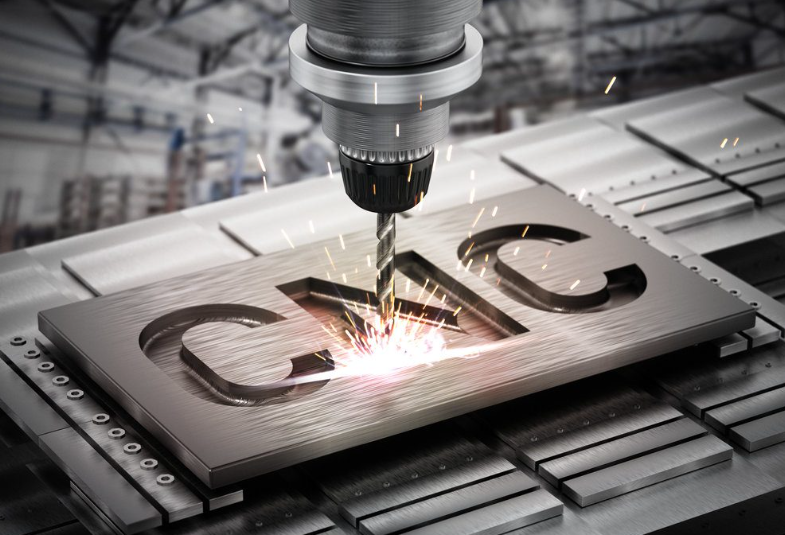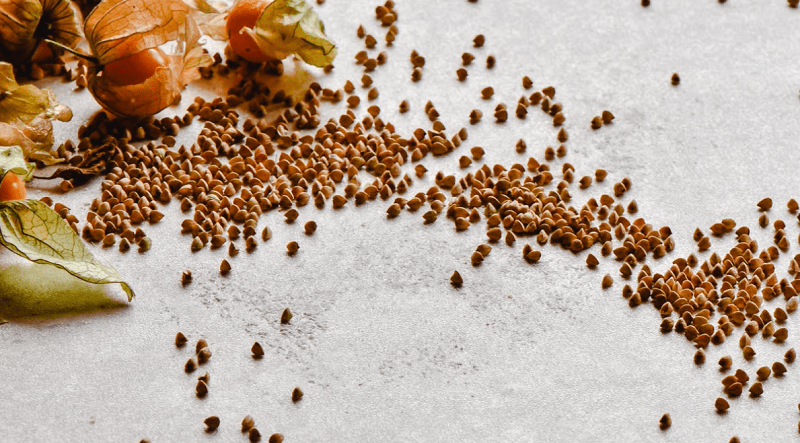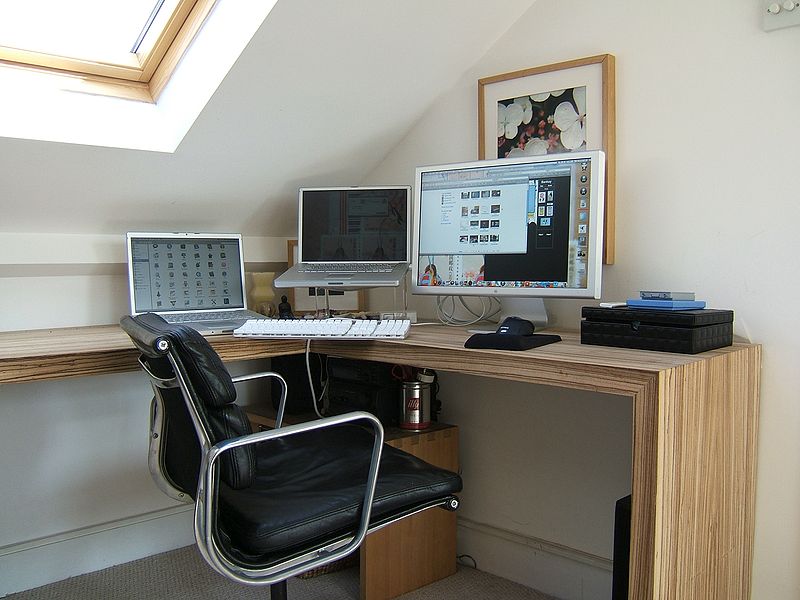CNC machining is a popular method for creating complex parts. The complexity of the workpiece depends on how many axes are used and how many tools are involved. CNC machines can work with a variety of metals. Some metals used in CNC machining are aluminum, brass, and copper.
CAD Software
There are many different kinds of CAD software for CNC machining, each with its strengths and weaknesses. Some CAD software is free, while others aren’t. Whether you need to create drawings for a single part or complex drawings for a whole manufacturing process, it’s important to have the right CAD software to meet your needs.
It is important to understand the different software packages available for CNC machining. Each program is tailored for different purposes, so you need to choose the one that will work best for your needs. Some are ideal for smaller production runs of simple parts, while others are better suited for more complex designs.
Metals Used in CNC Machining
A few different types of metals are used for CNC machining. One of the most popular types is stainless steel. Its unique properties make it an excellent material for CNC machining. It is also very strong yet lightweight. As a result, it is used in many different industries, from surgical equipment to electrical conduits.
Copper is a strong, malleable metal that is known to resist corrosion. Therefore, it is one of the first metals to be discovered. It also has excellent electrical and thermal conductivity. Only silver has better thermal conductivity than copper. However, pure copper is very difficult for CNC machines because it is extremely soft at low temperatures. Fortunately, copper alloys are easier to work with than pure copper and have comparable thermal properties.
Stainless steel is a good choice for CNC machining because of its corrosion resistance. This type of metal is also easy to weld and is a popular choice for industrial applications. Copper-based alloys are another good choice because of their corrosion resistance and cost efficiency. The most common copper-based alloy is brass, the easiest metal to use for CNC metal casting services.

G-Code
G-code for CNC machining is a language that tells computer-controlled equipment where and how to move. CNC mills use spinning tips to cut through metal blocks and create intricate machined parts. G-code is also used to create a camshaft, which controls the valve timing in gasoline-powered engines.
The G-code for CNC machining consists of a series of instructions known as canned cycles. These instructions tell the machine how to perform three basic tasks – changing tools, adjusting the spindle, and performing non-cutting tasks. In addition, depending on the size of the machine, these instructions may include special coordinate directions.
M-Code
M-codes are used to control various functions on CNC machines. They direct the machine to take specific actions and follow particular programs to create a part or component. NC machines originally used G-code, which stands for geometry and indicates where to start, where to move, and when to stop. Different machines use variations of this code to perform different functions.
CNC machines use a variety of different types of coding systems, which include M-code and G-code. These two types of codes work in tandem to produce complex parts. The G00 command, for example, moves the machine to specific coordinates. The G01 command, on the other hand, moves the machine in a straight line. Both commands require the input of project coordinates.
Process Parameters
The CNC machining process uses process parameters to control the cutting process. These parameters include spindle rotation speed, cutting wheel speed, and feed rate. Non-controllable parameters are the depth of cut and tool wear. Other noncontrollable parameters include chip formation vibrations and surface roughness. Typically, the CNC machine manufacturer lists process parameters in G73 and G83 documentation.
The feed rate is an important parameter. The higher the feed rate, the higher the surface roughness. The feed rate and depth of cut are also important but are not as influential as the cutting rate.















